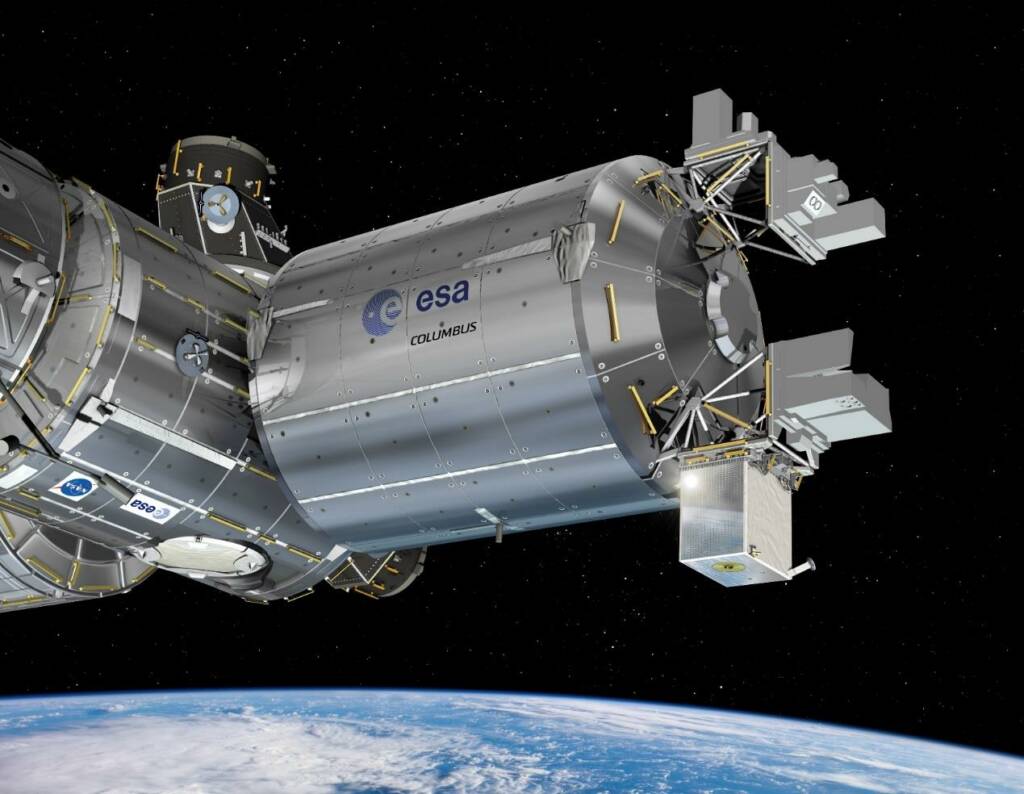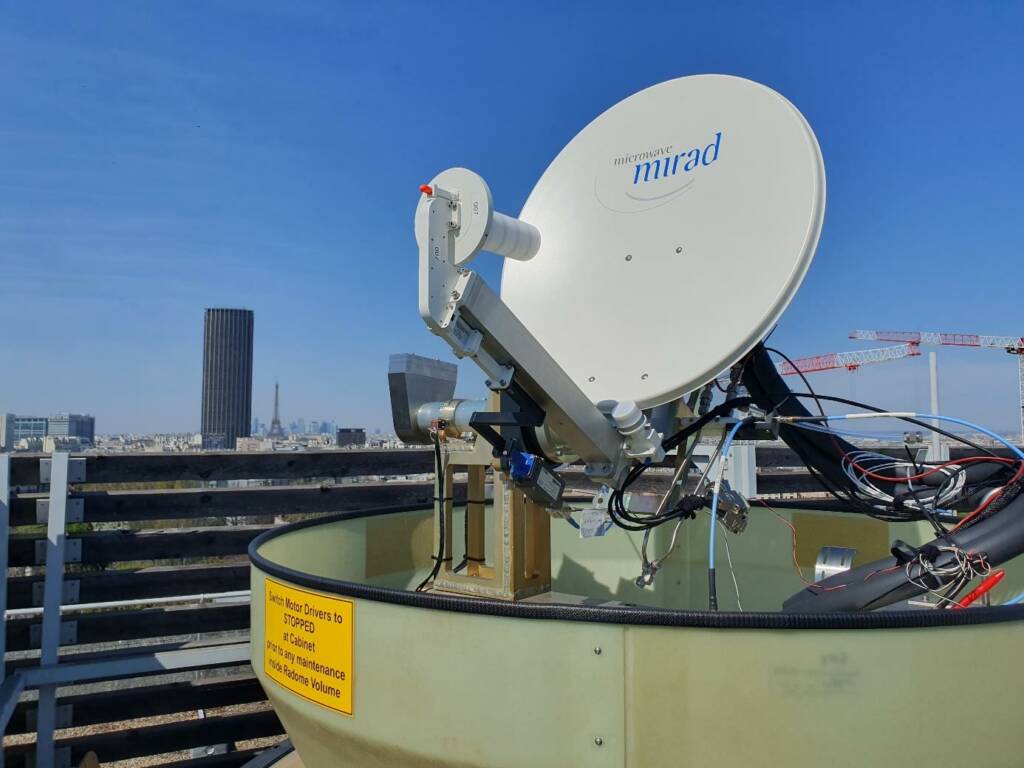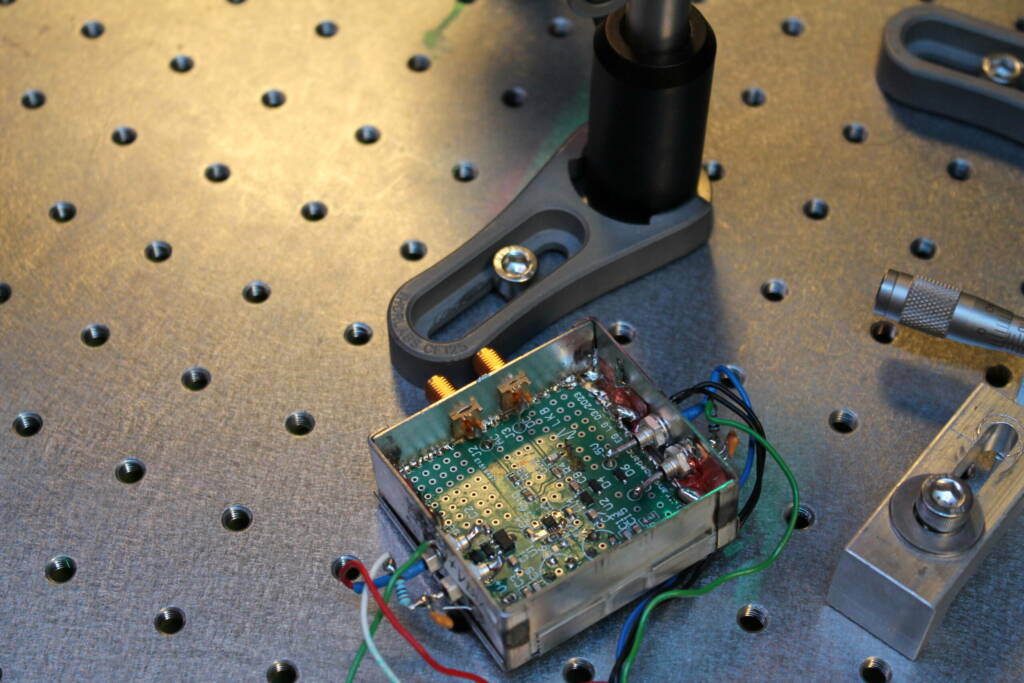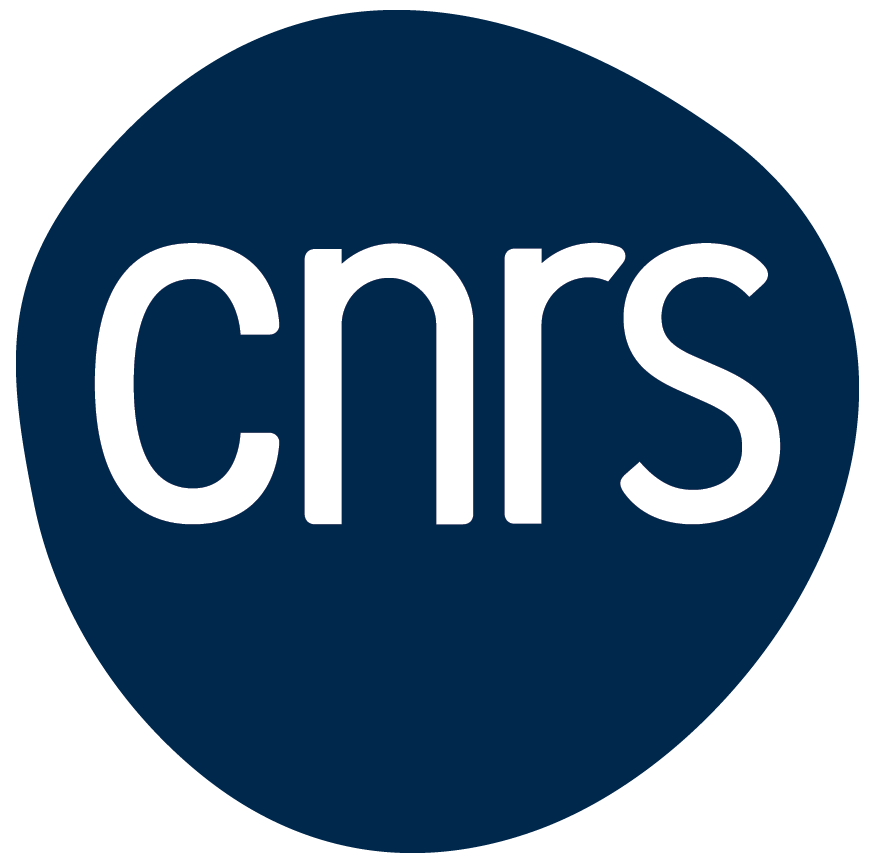ACES/PHARAO space mission
After 25 years of development, the ACES/PHARAO space mission will launch to the International Space Station on April 21, 2025, at 10:15 a.m. Paris time, from Cape Canaveral, Florida.

After 25 years of development, the ACES/PHARAO space mission will launch to the International Space Station on April 21, 2025, at 10:15 a.m. Paris time, from Cape Canaveral, Florida. It will be launched aboard the SpaceX 32 rocket, commissioned by NASA.
ACES (Atomic Clock Ensemble in Space) is a European mission led by ESA that includes two atomic clocks: PHARAO, a cesium atomic clock using laser-cooled atoms developed by France (CNES, LTE-Observatoire de Paris, LKB, and French industrial partners), and a hydrogen maser developed by Switzerland. The mission also integrates two advanced time transfer methods between ground and space, one operating in the microwave domain and the other in the optical domain.
If all goes well, PHARAO will be the first primary time standard operating with cold atoms in space, expected to achieve an excellent accuracy of the order of 10-16. Its design stems from pioneering work carried out at LKB in the 1990’s in Claude Cohen-Tannoudji’s team, by Christophe Salomon in collaboration with the André Clairon/Philippe Laurent team at LTE-Observatoire de Paris. Compared to the atomic fountains at LTE and other metrology institutes in the USA, Japan, Germany and the UK, PHARAO will enable a new test of Einstein’s General Relativity, measuring the gravitational shift of clocks. Observing a violation of Einstein’s prediction would be a sign of new physics. In the opposite case, the verification of Einstein’s formula would bring a gain of an order of magnitude over the current measurements.

©Photo : Baptiste Chupin
Read also
CNRS Recruitment – Join the LKB
External Recruitment for Researchers (M/F)
Nathan Goldman is among the Highly Cited Researchers
Clarivate list



